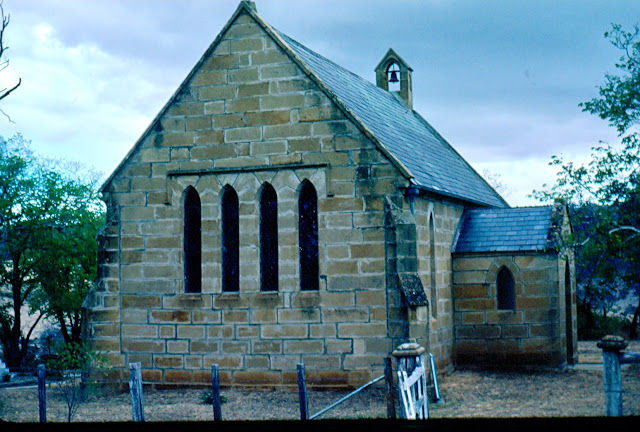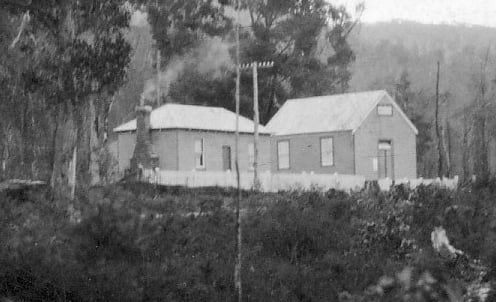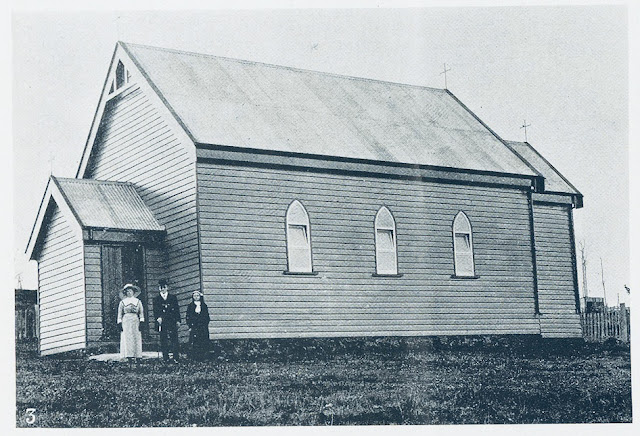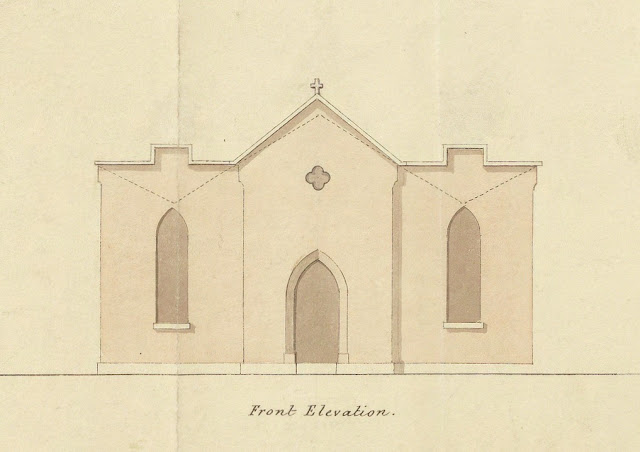No. 983 - Hollow Tree - Montacute - St James' Chapel

Montacute is an historic property in the Clyde Valley situated 14 kilometres south of Bothwell, on the Hollow Tree Road. This road was once the coach link between Hamilton and Bothwell. Montacute was was purchased by Captain William Langdon and added to his original land grant of 1823. In 1857 Langdon built a family chapel at Montacute. William Langdon was born in 1790 at Montacute vicarage, Somerset, England; the fifth son of Rev. William Langdon. He joined the Royal Navy at the age of 13 at the time of the Napoleonic wars. Following the Peace of Paris, Langdon retired from the navy and bought a merchant vessel, The Lusitania, and sailed to Sydney and Hobart Town, where he landed in 1821. Over the next few years Langdon acquired several more merchant ships. In 1823 Langdon received a grant of 1500 acres on the Clyde River to which he added another property which he named Montacute. In September 1834 Langdon settled in Van Diemen's Land with his wife and a daughter. Langdon is res...











